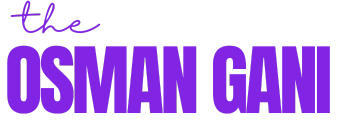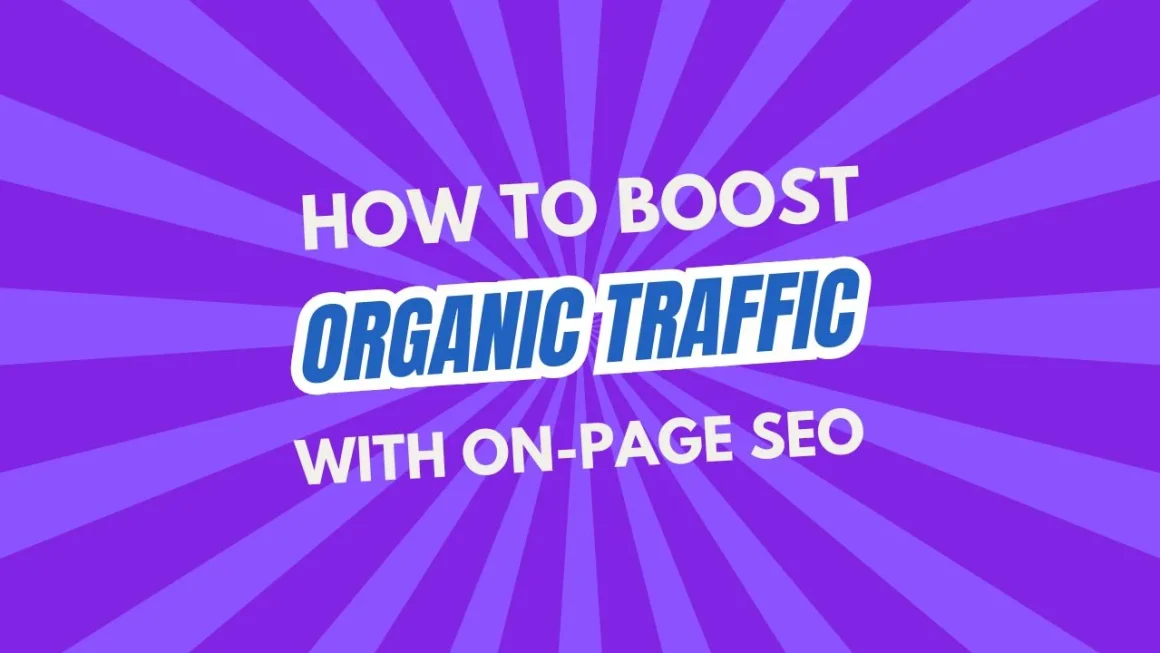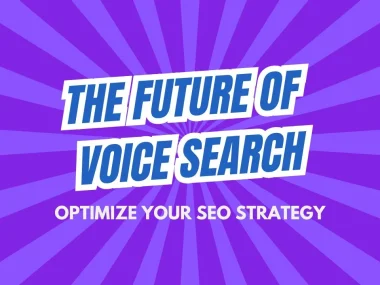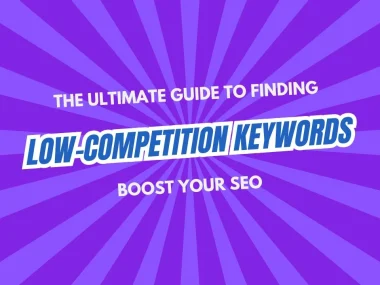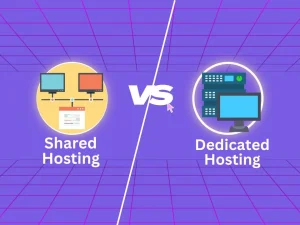To boost organic traffic with on-page SEO, optimize your content for keywords and improve page load speed. Use compelling meta descriptions and headers.
On-page SEO is essential for driving organic traffic to your website. This process involves optimizing individual web pages to rank higher on search engines. Start by researching relevant keywords that resonate with your target audience. Incorporate these keywords naturally into your content, titles, and meta descriptions.
Improving page load speed enhances user experience, which is a crucial ranking factor. Use headers to structure your content, making it easy for readers to digest information. High-quality, engaging content not only attracts visitors but also encourages them to stay longer, reducing bounce rates. By focusing on these elements, you can significantly increase your organic traffic.
Introduction To On-page SEO
On-Page SEO is crucial for improving your website’s visibility. It involves optimizing individual web pages to rank higher. This boosts your website’s organic traffic. On-Page SEO includes various elements. These elements range from content optimization to HTML source code improvements.
Importance Of On-page SEO
On-Page SEO is the foundation of your SEO strategy. It helps search engines understand your website better. Proper On-Page SEO makes your content more accessible. It also ensures your website is user-friendly. A well-optimized site attracts more visitors. This improves your chances of ranking higher on search engines.
Impact On Organic Traffic
Optimized On-Page SEO significantly increases your organic traffic. Search engines favor well-structured content. This results in higher search engine rankings. Higher rankings lead to more visibility. More visibility means more clicks. More clicks increase your organic traffic. Here are some key factors that impact organic traffic:
- Title Tags: Use relevant keywords. Keep them concise and descriptive.
- Meta Descriptions: Write compelling meta descriptions. They should include primary keywords.
- Header Tags: Use header tags to structure your content. This improves readability and SEO.
- Content Quality: Create unique, valuable content. Focus on user intent.
- Internal Linking: Link to other relevant pages on your site. This improves navigation and SEO.
| SEO Element | Impact on Organic Traffic |
|---|---|
| Title Tags | Helps search engines understand the page content |
| Meta Descriptions | Increases click-through rates from search results |
| Header Tags | Improves content structure and readability |
| Content Quality | Engages users and reduces bounce rates |
| Internal Linking | Enhances site navigation and user experience |
Keyword Research
Boosting your organic traffic involves mastering on-page SEO. A crucial part of this process is keyword research. This section will guide you on finding relevant keywords and using long-tail keywords effectively.
Finding Relevant Keywords
Finding relevant keywords is the first step in keyword research. Begin by brainstorming terms related to your niche. Use tools like Google Keyword Planner and Ahrefs to explore more options.
Create a list of potential keywords. Next, check their search volume and competition. Choose keywords with high search volume and low competition. This strategy helps you attract more traffic easily.
Organize your keywords in a table for clarity:
| Keyword | Search Volume | Competition |
|---|---|---|
| On-Page SEO | 15,000 | Medium |
| SEO Tips | 10,000 | Low |
| Keyword Research | 8,000 | Low |
Long Tail Keywords
Long-tail keywords are longer, more specific phrases. They often have lower search volume but higher conversion rates. For example, “best on-page SEO tips for beginners” is a long-tail keyword.
To find long-tail keywords:
- Use tools like Ubersuggest and Answer The Public.
- Analyze your competitors’ keywords.
- Consider user intent and common questions.
Incorporate long-tail keywords naturally into your content. This improves your rankings and attracts targeted traffic. Remember, quality content always wins.
Optimizing Title Tags
Boost your organic traffic by optimizing your title tags. Title tags play a crucial role in SEO. They help search engines understand your page content. A well-crafted title tag attracts more clicks and improves your ranking.
Crafting Effective Titles
Crafting effective titles is key to attracting visitors. An effective title tag should be clear and compelling. It should provide a concise summary of your page content.
- Keep your title under 60 characters.
- Make sure it’s relevant to the page content.
- Use action words to engage users.
Here is a good example:
| Page Content | Effective Title Tag |
|---|---|
| Guide to Baking Bread | Baking Bread: A Step-by-Step Guide |
| Best Travel Destinations 2025 | Top Travel Destinations to Visit in 2025 |
Including Keywords
Including keywords in your title tags is essential for SEO. Keywords help search engines match your content with search queries. Always include your primary keyword in the title.
- Identify your primary keyword.
- Place the keyword at the beginning of the title.
- Ensure the title still reads naturally.
For example:
- Primary Keyword: Organic Traffic
- Title Tag: Boost Organic Traffic with On-Page SEO Techniques
By optimizing your title tags, you can significantly improve your organic traffic. Follow these tips for crafting effective, keyword-rich titles. Your efforts will help your pages rank higher and attract more visitors.
Meta Descriptions
Meta Descriptions play a crucial role in boosting your organic traffic. They act as a preview for your webpage content. A well-crafted meta description can entice users to click on your link. This increases your chances of higher traffic and better rankings.
Writing Compelling Meta Descriptions
Writing compelling meta descriptions is an art. A great meta description should be clear and concise. It must summarize the content effectively. Use keywords that match user intent. Highlight the unique value your content provides.
- Start with action verbs.
- Include your main keyword.
- Address the user’s search intent.
- Create a sense of urgency or curiosity.
- Use a friendly and engaging tone.
Below is a table showing a good and a bad example:
| Good Example | Bad Example |
|---|---|
| Discover how to boost organic traffic with on-page SEO tips. | Learn on-page SEO to increase your traffic. |
Character Limits
Search engines display meta descriptions within specific character limits. Staying within these limits ensures the entire description is visible. The ideal length for a meta description is between 150-160 characters.
- Keep it short and sweet.
- Ensure it fits within 150-160 characters.
- Use tools to check character count.
Here are some tools to measure character limits:
A well-crafted meta description can significantly enhance your SEO efforts. Focus on creating clear, concise, and engaging descriptions. This can lead to increased organic traffic and better user engagement.
Header Tags
Header tags are crucial for your website’s SEO. They help search engines understand your content. Using them correctly can boost your organic traffic.
Using H1, H2, Tags
Header tags like H1, H2, and H3 help organize your content. Use only one H1 tag per page. This tag should describe the main topic.
Use H2 tags for main sections of your content. They break up your text and make it easier to read. H3 tags are for sub-sections. They provide more detail within each section.
| Tag | Purpose | Usage Example |
|---|---|---|
| H1 | Main heading |
Boost Your Traffic |
| H2 | Section heading |
Header Tags |
| H3 | Sub-section heading |
Using H1, H2, H3 Tags |
Keyword Placement In Headers
Place your primary keyword in the H1 tag. This tells search engines what your page is about.
Include secondary keywords in H2 and H3 tags. This helps search engines understand the related sub-topics.
For example, if your primary keyword is “on-page SEO,” your H1 could be:
Boost Your Organic Traffic With On-Page SEO
Then use related keywords in H2 and H3 tags:
Header Tags
Using H1, H2, H3 Tags
Content Quality
Content quality is crucial for boosting your organic traffic. High-quality content attracts readers and keeps them engaged. It also helps search engines understand your site’s value. This section will cover how to create valuable content and ensure readability.
Creating Valuable Content
Creating valuable content involves understanding your audience’s needs. Identify their pain points and provide solutions. Use the following tips to enhance content value:
- Research keywords: Use tools to find relevant keywords.
- Use data: Include statistics and facts to support your points.
- Offer solutions: Provide actionable advice.
- Keep it original: Avoid copying from other sources.
Engage your readers by addressing their problems. Offer unique insights. This builds trust and encourages return visits.
Ensuring Readability
Readability is key to keeping your audience engaged. Ensure your content is easy to read and understand. Follow these steps for better readability:
- Use short sentences: Keep sentences under 12 words.
- Break up text: Use headings, subheadings, and bullet points.
- Choose simple words: Avoid complex vocabulary.
- Use active voice: Make your content more direct.
- Include visuals: Add images, infographics, and videos.
Consider using a readability tool. This can help you identify and fix hard-to-read sections. Tools like Hemingway or Grammarly are useful.
Remember, the goal is to make your content accessible to everyone, including kids. This will help you reach a broader audience.
Image Optimization
Image optimization is crucial for boosting organic traffic through on-page SEO. Properly optimized images can improve your website’s loading speed and user experience. It also enhances accessibility and search engine ranking. Here’s how you can optimize your images effectively.
Alt Text For Images
Alt text describes the content of an image. It helps search engines understand the image context. Adding descriptive alt text is vital. It assists visually impaired users using screen readers. Make sure to include relevant keywords in your alt text. But avoid keyword stuffing.
Examples of good alt text:
- “Golden Retriever playing in the park”
- “Freshly baked chocolate chip cookies on a plate”
Reducing Image Sizes
Large images can slow down your website. This negatively impacts user experience and SEO. Reducing image sizes is essential for faster load times. Use image compression tools to reduce file sizes without sacrificing quality.
Popular tools for image compression:
Choose the right image format. For photographs, use JPEG. For graphics with fewer colors, use PNG. This ensures optimal image quality and performance.
Internal Linking
Internal linking enhances user navigation and boosts organic traffic by connecting relevant content within your website. This practice improves SEO by distributing page authority and helping search engines index your site effectively.
Internal linking is a powerful strategy for improving your website’s SEO. It helps search engines understand your site structure. It also keeps visitors engaged longer by guiding them to relevant content. This practice can significantly boost your organic traffic.
Establishing A Link Structure
To create an effective link structure, start with your main pages. These are your homepage, category pages, and key landing pages. Make sure each of these pages links to relevant subpages. Use a mix of top-level and deep links.
Here is a simple example:
| Main Page | Subpages |
|---|---|
| Homepage |
|
| Category Page 1 |
|
| Category Page 2 |
|
Ensure each page links back to the main pages. This creates a cohesive network of links.
Using Anchor Text Effectively
Anchor text is the clickable text in a hyperlink. Use descriptive anchor text to give context to your links. Avoid using generic terms like “click here” or “read more”. Instead, use keywords related to the linked content.
For example:
Learn about effective on-page SEO techniques
Good anchor text tells both users and search engines about the linked page. Keep it short but descriptive. Consistency in your anchor text helps in keyword ranking.
Here are some tips:
- Use primary keywords in your anchor text.
- Keep the text natural and relevant to the content.
- Avoid over-optimization; don’t stuff keywords.
Internal linking, with a solid structure and effective anchor text, can boost your SEO. It improves user experience and helps search engines index your pages better.
Mobile Friendliness
Mobile friendliness is a crucial factor in boosting your organic traffic. With more users accessing websites on mobile devices, ensuring your site is optimized for mobile is essential. Here’s how to enhance your on-page SEO through mobile friendliness.
Responsive Design
Implement a responsive design to ensure your site adapts to any screen size. A responsive website provides a seamless experience for users on mobile devices. This improves user engagement and reduces bounce rates. Use flexible grids, layouts, and images to create a responsive design.
- Use media queries in CSS to adjust styles for different devices.
- Ensure text is readable without zooming.
- Make buttons and links easy to tap.
Page Load Speed
Page load speed is a critical factor for mobile SEO. Mobile users expect fast loading times. A slow site can lead to high bounce rates and lower rankings. Optimize images, enable browser caching, and use a content delivery network (CDN) to improve load speed.
| Optimization Technique | Benefit |
|---|---|
| Compress Images | Reduces file size, faster load time |
| Minify CSS and JavaScript | Decreases page size, quicker rendering |
| Enable Browser Caching | Stores resources locally, faster repeat visits |
Use tools like Google PageSpeed Insights to analyze and improve your site’s speed. Fast load times enhance user experience and boost your SEO rankings.
User Experience
Improving user experience (UX) is key to boosting your organic traffic.
A great UX ensures visitors stay longer and engage with your content.
Focus on site navigation and reducing bounce rate to enhance UX.
Improving Site Navigation
Clear and intuitive site navigation helps users find what they need quickly.
Use a simple menu structure with clear labels.
Breadcrumbs are useful for showing users their current page and path.
Add a search bar at the top of your site.
Ensure it is easy to find and use.
Internal linking connects related pages, keeping users engaged longer.
A well-structured site improves your SEO and user satisfaction.
This can result in lower bounce rates and higher traffic.
Reducing Bounce Rate
A high bounce rate indicates that users leave your site quickly.
This can hurt your SEO and organic traffic.
Engaging content and fast loading times can help reduce bounce rates.
Use short paragraphs and bullet points for easy reading.
Break up text with images and multimedia.
Calls to action (CTAs) guide users to other parts of your site.
Ensure your site is mobile-friendly.
Many users access websites on their phones.
A good mobile experience can significantly reduce bounce rates.
| Factor | Impact |
|---|---|
| Clear Navigation | Keeps users on your site |
| Fast Loading Times | Reduces bounce rate |
| Mobile Optimization | Improves overall UX |
By improving site navigation and reducing bounce rates, you can enhance UX.
This will ultimately boost your organic traffic.
Focus on these areas to see significant improvements.
Tracking And Analytics
Tracking and analytics are essential to boost your organic traffic with on-page SEO. They help you understand what works and what doesn’t. Proper tracking leads to better strategies and higher rankings.
Using Google Analytics
Google Analytics is a powerful tool. It provides insights into your website’s performance. You can track visitor behavior, traffic sources, and conversion rates.
To start, set up a Google Analytics account. Then, add the tracking code to your website. This code collects data about your visitors. You can view this data in your Google Analytics dashboard.
Use the Audience section to understand your visitors. Check demographics, interests, and behavior. The Acquisition section shows where your traffic comes from. You can see organic search, social, and referral traffic.
Monitor the Behavior section for insights on user interaction. It shows which pages get the most views and which ones need improvement. The Conversion section helps track goals and e-commerce performance.
Monitoring SEO Performance
Regular monitoring of SEO performance is crucial. It helps you stay on top of your game. Use tools like Google Search Console to get valuable insights.
Google Search Console provides data on search traffic and performance. It shows which keywords bring traffic to your site. You can also see how your pages rank in search results.
Set up email alerts for critical issues. This way, you can quickly address any problems. Use the Performance report to track clicks, impressions, and average position.
Analyze the Coverage report for index status and errors. Fix any issues to ensure your pages are indexed correctly. Check the Enhancements section for mobile usability and other factors.
| Tool | Purpose |
|---|---|
| Google Analytics | Track visitor behavior, traffic sources, and conversions |
| Google Search Console | Monitor search traffic, keyword performance, and site errors |
By using these tools, you can effectively track and analyze your website’s performance. This helps in making informed decisions to boost your organic traffic.
Frequently Asked Questions
What Is On-page SEO?
On-page SEO involves optimizing individual web pages. It aims to rank higher and earn more relevant traffic. It includes both content and HTML source code optimizations.
How Does On-page SEO Boost Traffic?
On-page SEO improves website visibility on search engines. Better visibility attracts more organic traffic. Optimized content and meta tags enhance user engagement.
What Are Key On-page SEO Factors?
Key on-page SEO factors include keyword usage, meta tags, and internal linking. High-quality content and mobile optimization are also crucial for better rankings.
How To Optimize Meta Tags For SEO?
Use relevant keywords in title and meta description tags. Keep them concise and engaging. This helps improve click-through rates from search engine results.
Conclusion
Boosting your organic traffic with on-page SEO is achievable. Focus on keyword optimization, quality content, and user experience. Implement these strategies consistently. Monitor your progress using analytic tools. Over time, you will see improved rankings and increased organic traffic. Stay updated with SEO trends to maintain your success.
